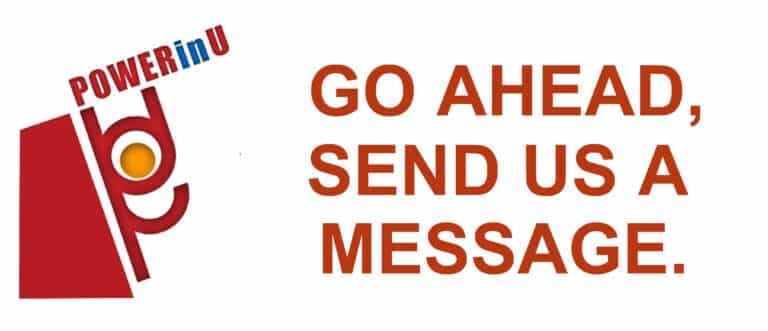
Picture this problem scenario…
The testing of a new product is delayed by two weeks, potentially delaying the product launch date and affecting a major business goal.
QA Team is focused on meeting strict product quality targets.
Sales has to deliver and achieve revenue targets, no matter what.
Marketing’s priority is the successful implementation of the launch strategies and campaigns.
In this scenario, there are varying interests, focus and priorities although they all aim to contribute strongly to the common goal, which is to successfully launch a new high-quality product on time and on budget.
In series 1, I highlighted the link between emotions and conflict to increase confidence in managing conflict and difficult emotional conversations. I wrote that it was important to manage our emotions first before we go into conflict resolutions.
If the people from QA, Sales and Marketing Teams would talk with each other with unmanaged or uncontrolled angry emotions, what do you think will happen?
In this series 3, we will look at collaborating with others – be it with our own or another team or department – to resolve a conflict. Let’s look at a couple of key steps and ideas, which look simple yet hard to execute effectively.
⚙️Step 1: Tackle the Problem, not the Person.
A few key important actions in this step…
✅ Assume there is a “win-win” solution and curiously seek it.
The key idea behind this first premise is that the emotional upset we feel when we are in conflict will control our behaviors and our conversations – unless we mindfully treat the emotional signal as if it is asking us to look at our assumptions and curiously seek the win–win opportunity.
We can take the emotional signals of conflict to mean…
- All parties have legitimate concerns.
- There is an elegant win–win solution that will resolve the conflict.
- The elegant solution has not yet been discovered.
- The elegant solution is the best solution because it values the diversity of concerns and perspectives that created the conflict in the first place.
✅ Practice empathy and “learner” approach when asking questions.
To understand the concerns of each party, it is important to practice empathy and open, learner approach in questioning. Remember Covey’s habits of highly effective people: “Seek first to understand, and then to be understood.”
✅ Identify and write out the problem.
Once there is an understanding of the concerns and an agreement as to what the problem is, it is important to write it out.
By writing out the problem we externalize it. We symbolically separate the problem from the people involved so we can tackle the problem and not each other. Always write things out.
💡 A tip I’ve learned: If you are at a team meeting, and no one assumes the role of writing problems and challenges on white boards, say something like: “I want to make sure we have captured all of these ideas, do you mind if I write it out?” Then take the lead and write the problem on a white board or digital application that everyone can see.
⌛️ Stay tuned for part 2, where I will talk about a method that can help diverse teams understand a problem, and about the next step in a collaborative conflict resolution.
Reference: original material by Karl Mulle © 2015 ATD
Related posts:

